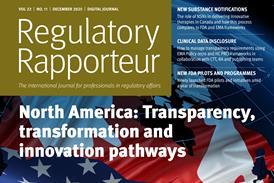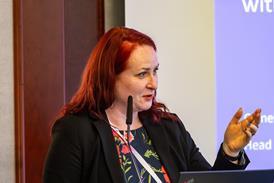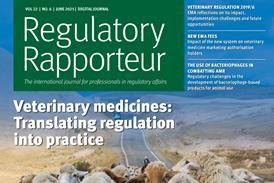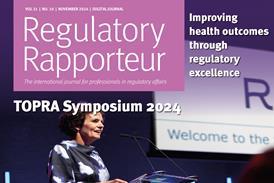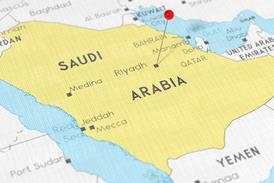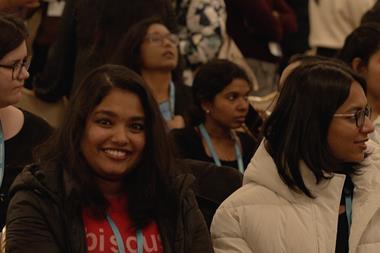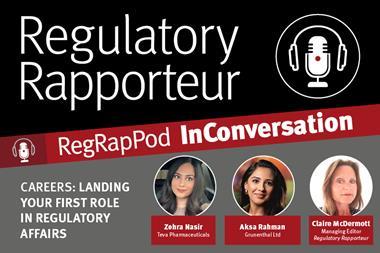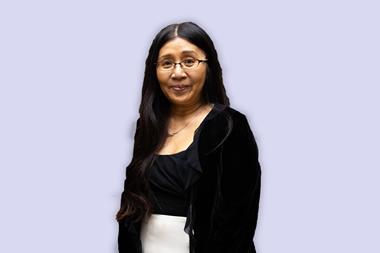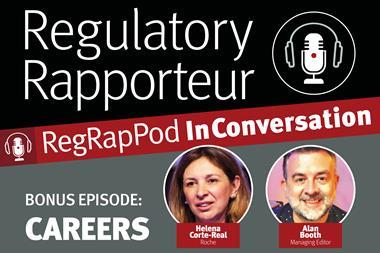This report is an overview of a session at the TOPRA Regulatory Careers Live 2025 conference in Dublin and is a useful summary for students, graduates and those hoping to enter the profession on how to find and secure your first regulatory affairs job.
Speaker:
Simon Brough, Head of Business Development, PharmiWeb.jobs: Global Life Science Jobs
Key points:
The session focused on:
- how to look for regulatory affairs jobs by using job boards, recruiters and LinkedIn
- CV best practice, with a focus on what to do to stand out from the competition, and some key things to avoid
- Interview techniques across different environments, such as phone, face-to-face and virtual settings
Where are the best jobs advertised?
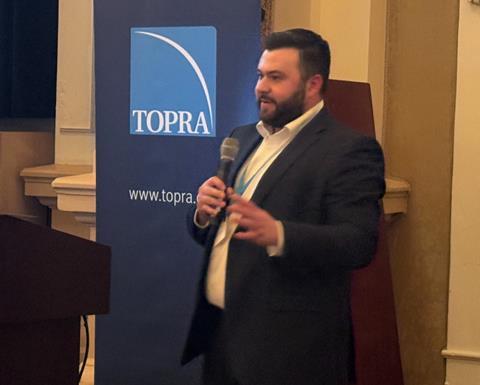
Simon Brough began by giving a summary of the various job search platforms, including PharmiWeb Jobs.
Google is the starting point for 65% of all job searches, making it a powerful tool when used effectively. Indeed is the world’s largest job platform, covering all industries, including life sciences, while Glassdoor offers job listings alongside company reviews. LinkedIn is invaluable for networking, and setting up a profile early helps connect with professionals in regulatory affairs and life sciences. PharmiWeb Jobs is a specialist portal for the life sciences sector, particularly in Europe, featuring the TOPRA Job Shop, where employers post opportunities in the pharmaceuticals, biotech, clinical research and medical device sectors.
A well-rounded job search strategy includes job boards, recruiter engagement, talent communities and company updates. While job boards are candidates’ favoured method of job hunting, relying on these alone limits opportunities. Building relationships with recruiters opens doors to multiple roles and provides valuable guidance. Joining talent communities within target organisations keeps job seekers informed of new opportunities. Subscribing to company updates ensures applications are well-tailored and helps candidates stay ahead of industry trends.
Both recruitment agencies and direct hiring have advantages and challenges. Agencies specialise in certain fields, offering multiple opportunities and ongoing support. However, they often focus on experienced candidates, making it harder for early-career professionals to secure representation. Direct hiring allows for direct communication with hiring managers and internal talent teams, with applicant tracking systems (ATS) retaining candidate details for future roles. However, internal recruitment teams are often busy, and job postings can close suddenly. Persistence and proactive networking are key to overcoming these challenges.
How to write and present your CV
A well-structured CV should be clear and concise, avoiding unnecessary embellishments like borders and pictures. Bullet points are preferable to long paragraphs, making it easier for recruiters to scan relevant details. Keeping content focused on skills and experiences that match the role increases the chances of progressing to the next stage. Saving the CV as a PDF or Word document ensures compatibility with different systems, with PDFs being particularly reliable.
Customising a CV for each job application increases its effectiveness. Including relevant keywords from the job description improves alignment with employer expectations. A strong personal statement at the top helps create a lasting impression.
A personalised cover letter can enhance an application by demonstrating genuine interest and highlighting key skills. Addressing it to the right person or team, rather than using a generic greeting, shows attention to detail. The letter should expand on the CV, providing examples of relevant skills and experiences, rather than simply repeating the same information.
How to be resilient in the job hunting arena
It is essential to remain resilient throughout the job search. Finding companies that align with your personal values can lead to greater job satisfaction. Attending networking events, both online and in person, increases the chances of finding new opportunities and helps build valuable professional connections.
Essential tips for interview preparation
Thorough preparation makes a significant difference in interviews. Researching a company’s history, products and key personnel demonstrates genuine interest. Using tools like ChatGPT can speed up this process.
Preparing at least two or three thoughtful questions for the interviewer shows engagement and enthusiasm but also provides deeper insights into the company’s culture and expectations. Preparing relevant questions in advance can lead to a more meaningful discussion.
Planning travel arrangements in advance avoids last-minute issues.
Informing referees about a potential employer and sharing job details ensures they are ready to provide relevant feedback if contacted.
Confidence and professionalism are key to a successful interview. Maintaining eye contact conveys engagement, while open body language helps create a positive impression. Sending a follow-up email afterwards to thank the interviewer and reiterate your enthusiasm for the role leaves a lasting, professional impression.
For virtual interviews, checking the internet connection, ensuring proper lighting and reducing background noise all contribute to a smooth and professional experience. A practice run on MS Teams/Zoom is worthwhile, to allow jobseekers to refine both their technology and their technique.
The session concluded with a recap of key takeaways and additional resources, including interview techniques, CV templates and job search strategies to support candidates throughout their journey.



